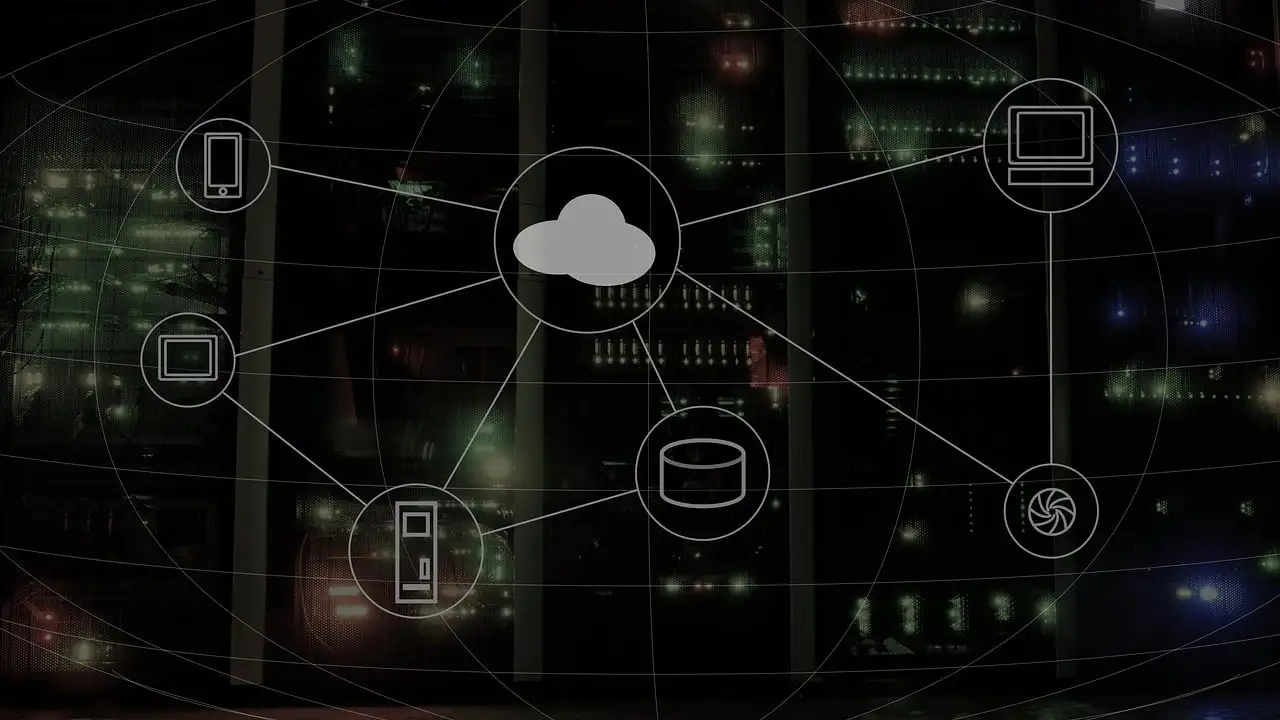Blog information
- Blog date: 2023-12-05 01:59:49
- Blog URL: www.codiasticsoft.com/Blogs
Edge computing is a distributed computing paradigm that brings computation and data storage closer to the location where it is needed, rather than relying on a centralized cloud server. In edge computing, data processing occurs near the "edge" of the network, often in proximity to the source of data generation or at a local data center. This approach is gaining prominence in various industries due to its ability to provide low-latency, high-performance processing for real-time applications and reduce the strain on centralized cloud infrastructure.
Key Concepts of Edge Computing:
-
Proximity to Data Source:
- Edge computing involves processing data near the source of data generation, reducing the time it takes for data to travel to a central cloud server and back.
-
Low Latency:
- By processing data closer to the edge, edge computing minimizes the delay in data transmission, making it well-suited for applications that require real-time responsiveness.
-
Bandwidth Efficiency:
- Edge computing helps reduce the amount of data that needs to be transmitted to the central cloud, optimizing bandwidth usage and alleviating network congestion.
-
Decentralized Processing:
- Edge computing distributes computing resources across multiple nodes, allowing for decentralized processing and reducing reliance on a single, centralized server.
-
Increased Privacy and Security:
- Processing data at the edge can enhance privacy and security by keeping sensitive information closer to its source, reducing the risk of data exposure during transmission.
Components and Technologies of Edge Computing:
-
Edge Devices:
- These are devices that generate or collect data at the edge, such as sensors, cameras, and IoT devices.
-
Edge Servers:
- Local servers located close to the edge devices that perform data processing and analysis.
-
Edge Gateways:
- Devices that connect edge devices to the edge server or the cloud, facilitating communication and data transfer.
-
Edge Computing Infrastructure:
- Hardware and software components that enable edge computing, including micro data centers, edge clouds, and networking equipment.
-
Edge Computing Software:
- Software platforms that manage and orchestrate edge computing resources, ensuring efficient deployment and execution of applications.
Use Cases and Applications:
-
IoT (Internet of Things):
- Edge computing is crucial for IoT applications, where data is generated by a vast number of sensors and devices. Processing data at the edge allows for real-time insights and reduces the need for transmitting large amounts of data to the cloud.
-
Autonomous Vehicles:
- Edge computing plays a vital role in the processing of data from sensors and cameras in autonomous vehicles, enabling quick decision-making without relying solely on centralized cloud processing.
-
Smart Cities:
- Edge computing supports smart city initiatives by processing data from various sensors, cameras, and devices deployed throughout the city, leading to improved efficiency in areas such as traffic management and public safety.
-
Industrial IoT (IIoT):
- In industrial settings, edge computing is used to process data from machinery and sensors, allowing for real-time monitoring, predictive maintenance, and process optimization.
-
Augmented Reality (AR) and Virtual Reality (VR):
- Edge computing reduces latency in AR and VR applications, providing a more immersive and responsive experience by processing data closer to the end-user.
-
Healthcare:
- Edge computing is applied in healthcare for real-time monitoring of patient data, remote patient care, and the processing of medical imaging data.
Challenges and Considerations:
-
Security Concerns:
- Protecting edge devices and infrastructure from security threats requires careful consideration, as decentralized systems may have unique vulnerabilities.
-
Standardization:
- The lack of standardized approaches and interoperability standards across different edge computing solutions can pose challenges for integration.
-
Scalability:
- Scalability may be a consideration as the number of edge devices and applications increases, requiring effective management of resources.
-
Data Management:
- Deciding what data should be processed at the edge and what should be sent to the cloud requires careful consideration to optimize resource usage.
Edge computing is a dynamic and evolving field, offering significant benefits
for applications that require low latency, real-time processing, and efficient
use of network resources. As technologies and standards continue to mature,
edge computing is expected to play an increasingly central role in the future
of computing infrastructure.
Edge computing technologies continue to evolve, driven by the demand for low-latency, high-performance computing at the edge of networks. As industries adopt edge computing solutions, it is expected to play a pivotal role in the development of applications that require real-time processing and responsiveness.

